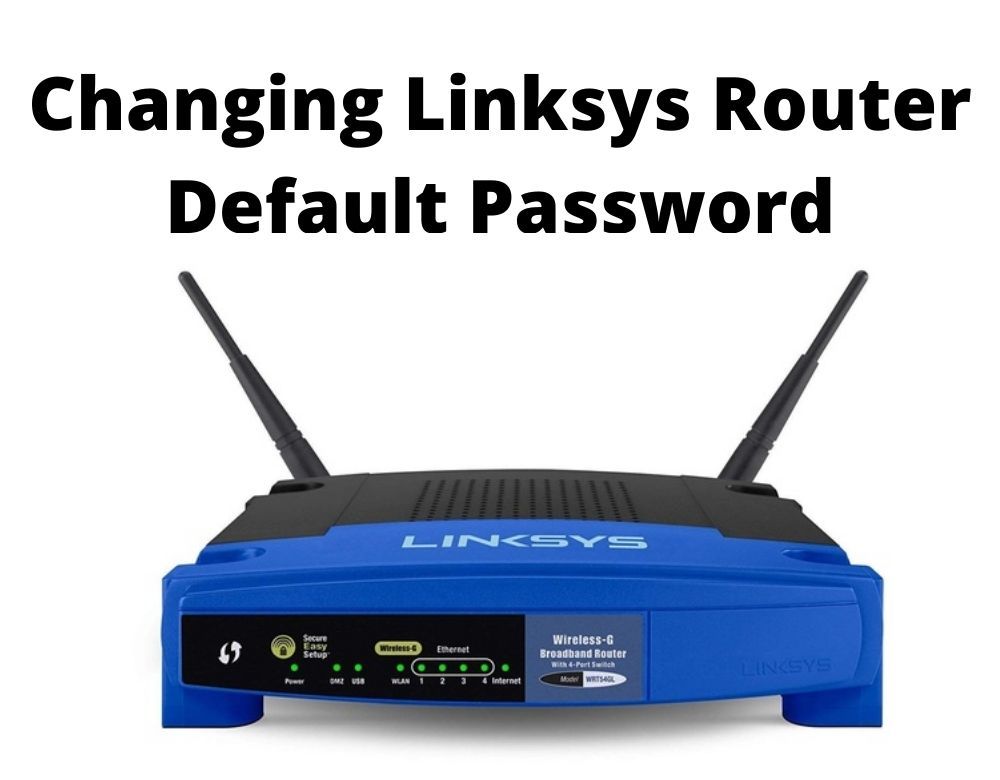

What do you do, though, if you've lost or forgotten your password?

If you want to change your network name or password from one that you already set, then follow the above instructions, but use your individual credentials for the login information. Changing your password will be as simple as entering the default username and password, and then entering the password you want to use. While the specifics will vary by model, you will generally find security settings and passwords under the Settings or Wireless Network menus. Once you've logged in, it's just a matter of finding the correct settings menu. Armed with the above information, you should be able to easily navigate to and sign in to the web interface without much trouble. Most routers have a web interface for managing settings and changing login credentials, but connecting to these interfaces is usually the most difficult part. Netgear routers, for example, generally have a sticker on the bottom of the router that includes unique login information, complete with a randomly generated password. So, some companies supply routers with individual admin passwords, which are generally found on the router itself or included with the product documentation.

If one of these standard default passwords doesn't work, a list of defaults used by your device manufacturer can be found on the device's product-support pages or located through sites like or .Ĭompanies know, however, that default passwords are a significant security risk a lot of people never change their passwords. Most default credentials will be pretty similar admin is the most common username, and most default passwords are admin, default, 1234 or password. Most routers come with usernames and passwords already in place. Logging In: Default usernames and passwords
#HOW TO SET UP A NEW PASSWORD FOR WIRELESS ROUTER CODE#
Some manufacturers, like Netgear, will often provide a QR code in addition to a URL, to help you if you want to manage your router from a smartphone or tablet. And just like in regular web browsing, you don’t need to enter the “ portion yourself, since it’s automatic in all current browsers. Some, like Belkin, only require you to type the word “router” into the address bar to pull up settings, but most will look more like a standard website address. If you're more comfortable using a URL, check for an address manufacturers frequently offer a web address for all of their routers. Simply enter the IP address into the address bar. For most of these routers, you'll be able to get there using a default IP address, usually 192.168.0.1 or 192.168.1.1.


 0 kommentar(er)
0 kommentar(er)
